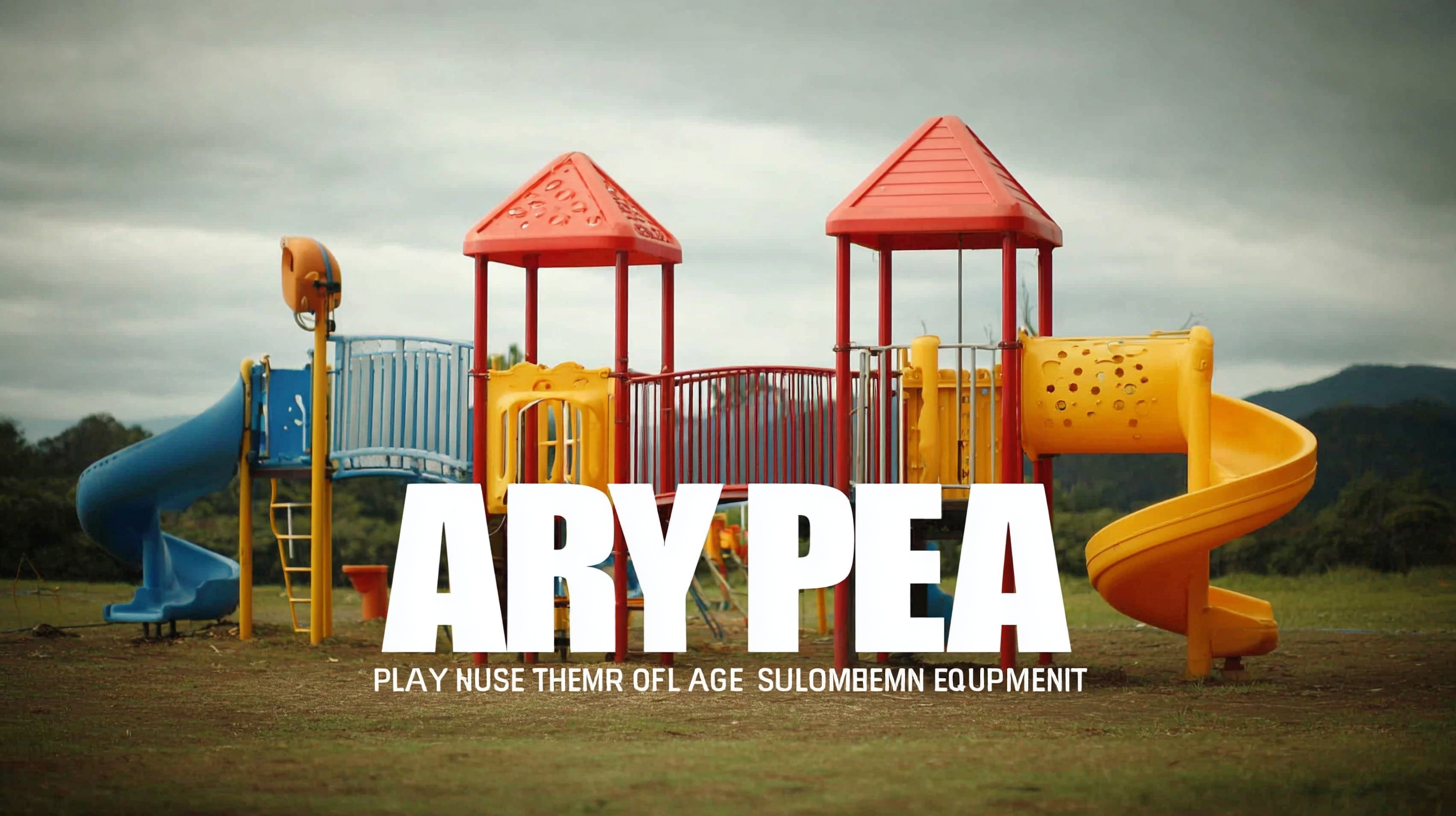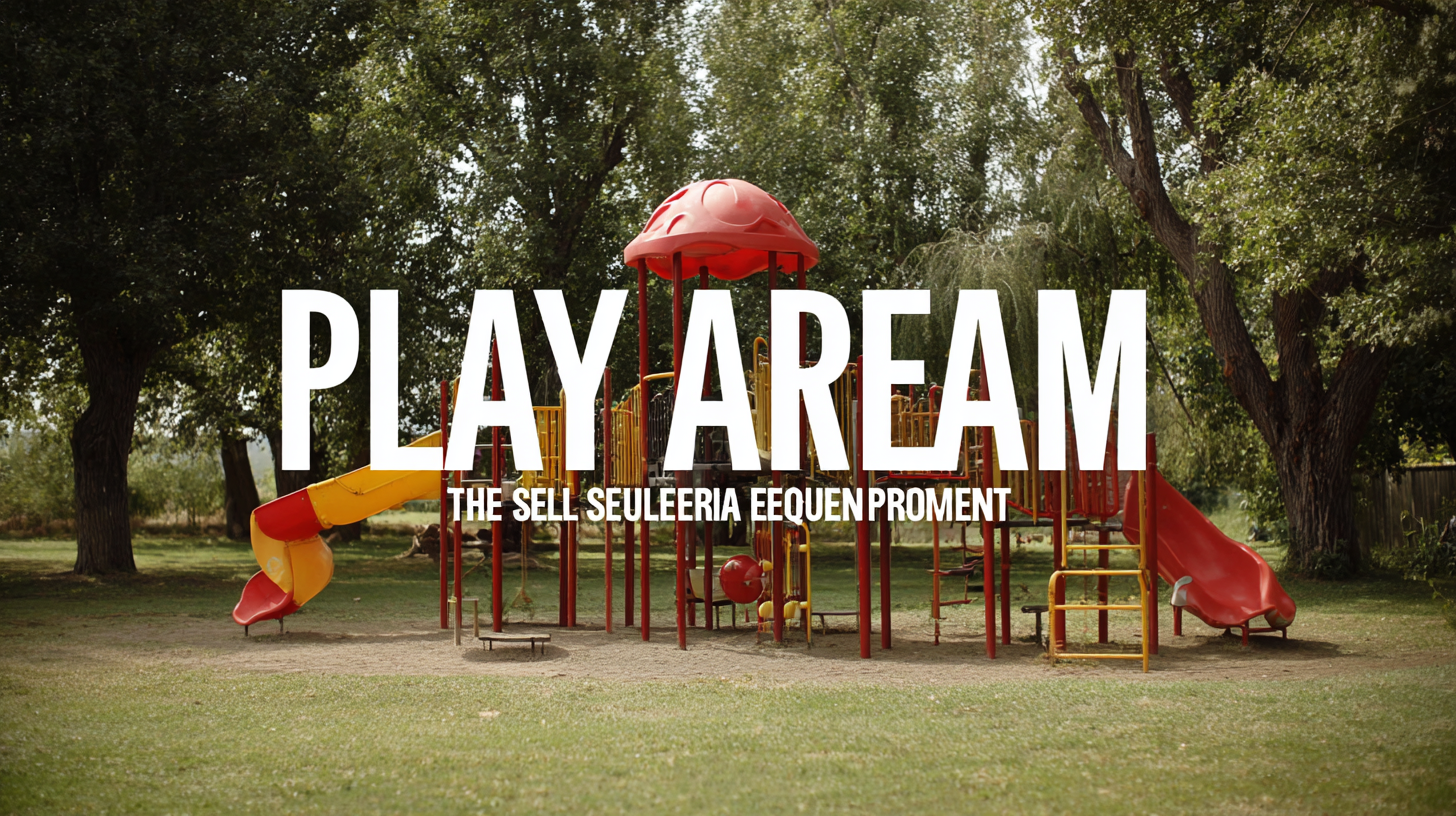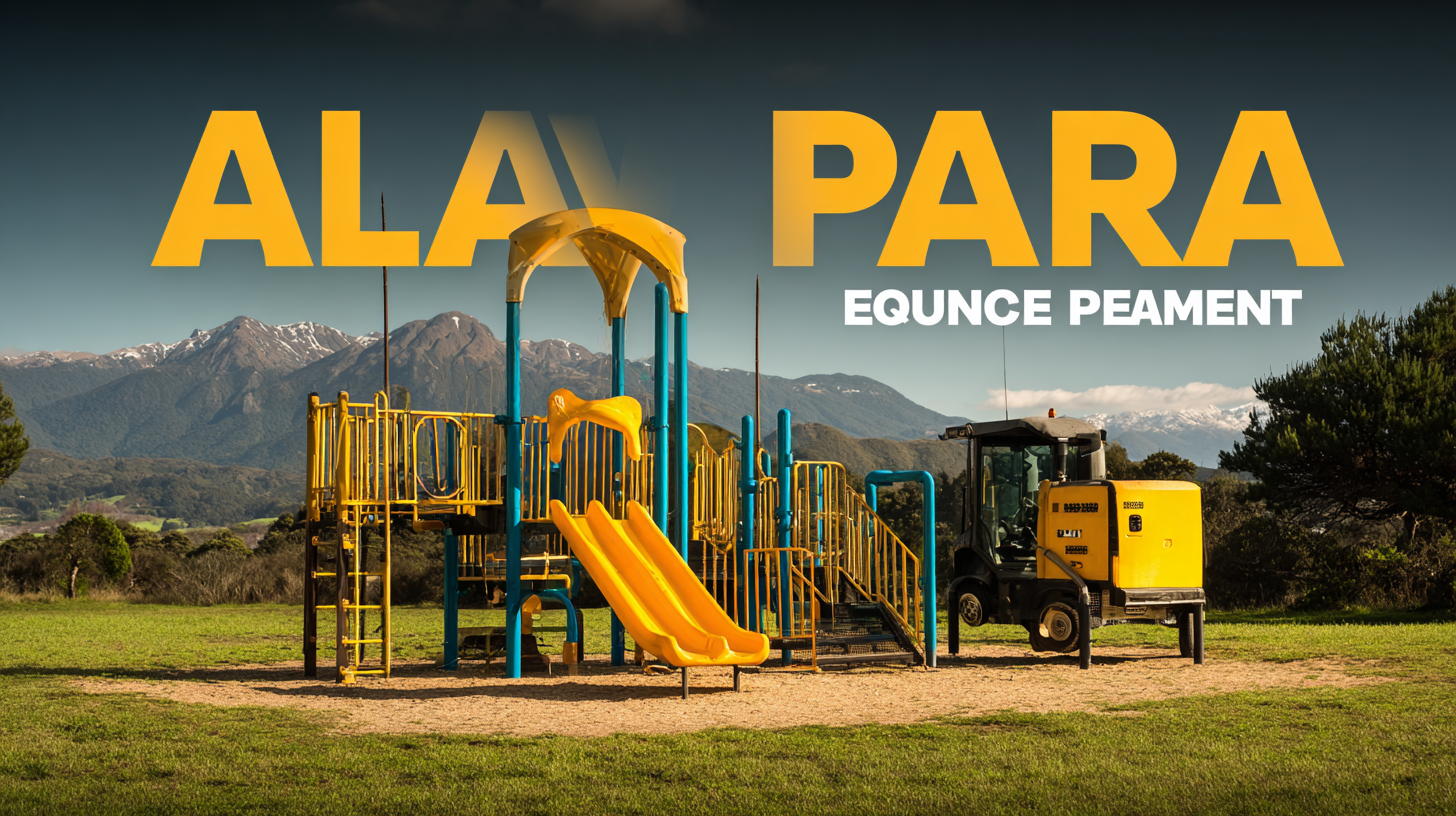In today's rapidly evolving global marketplace, selecting the right play area equipment is essential for creating engaging and safe environments for children. As a key component in enhancing developmental play and fostering social interaction, high-quality play area equipment is not just a luxury, but a necessity. This guide aims to assist global buyers in navigating the vast array of options available, focusing on the importance of quality manufacturing and innovative design. By emphasizing the benefits of partnering with reliable manufacturing entities, particularly from China, we explore how these partnerships can elevate your projects, ensuring that every play area is not only enjoyable but also meets safety standards and durability expectations. Join us as we delve into essential factors to consider when choosing play area equipment that caters to diverse needs and preferences around the world.

When it comes to selecting play area equipment for children, understanding safety standards and regulations is paramount. Various countries and regions have established guidelines to ensure that all play equipment is not only fun but safe for use. In the United States, for example, the American Society for Testing and Materials (ASTM) provides comprehensive standards that address the design and installation of playground equipment. Similarly, in Europe, the EN 1176 series outlines safety requirements, emphasizing risk management and maintenance.
Compliance with these safety standards involves regular inspections and certifications of play equipment. Buyers must ensure that the materials used are durable and non-toxic, with particular attention to age-appropriate designs that minimize injury risks. In addition, it's essential to consider surfaces beneath the equipment, which should provide adequate cushioning to absorb impacts. By adhering to established safety regulations, global buyers can confidently select play area equipment that promotes a safe and enjoyable environment for children to play and explore.
This chart represents the global market awareness of different safety standards for play area equipment, which are crucial in selecting the best equipment to ensure child safety.
When selecting play equipment for children of all ages, it's essential to understand the developmental needs of kids and how different types of toys and structures can influence their play styles. Recent studies indicate that participation in outdoor play significantly benefits children's health, well-being, and development. In particular, a trial evaluating outdoor play interventions in early childhood education centers found that engaging in outdoor activities fosters not only physical skills but also enhances social interaction among peers.
Moreover, the choice of play equipment has been correlated with children's play behaviors. For instance, different playground types can shape how children interact with one another and engage in imaginative play. A mixed-methods study highlighted that structured environments with varied play equipment could encourage cooperative play, while unstructured spaces might promote individual exploration. Safety is paramount, with regulations set forth to ensure that toys meet essential safety requirements before reaching the market. Therefore, when selecting play area equipment, both fun and safety should be prioritized to create an enriching play environment for children.
 When selecting play area equipment, durability and weather resistance are paramount considerations for global buyers. According to a report by the International Play Equipment Manufacturers Association (IPEMA), over 60% of playground injuries occur due to equipment that is not adequately maintained or is made from subpar materials. Ensuring that your chosen equipment can withstand varying climates and heavy usage is essential for providing a safe and enjoyable environment for children.
When selecting play area equipment, durability and weather resistance are paramount considerations for global buyers. According to a report by the International Play Equipment Manufacturers Association (IPEMA), over 60% of playground injuries occur due to equipment that is not adequately maintained or is made from subpar materials. Ensuring that your chosen equipment can withstand varying climates and heavy usage is essential for providing a safe and enjoyable environment for children.
Tip 1: Look for high-quality materials like galvanized steel and UV-resistant plastics. These materials not only enhance the lifespan of the equipment but also minimize the risk of fading or damage from exposure to sunlight and moisture. In fact, the Playground Safety Institute found that equipment made from these robust materials lasts up to 30% longer than standard options, making it a wise investment.
Tip 2: Opt for equipment that comes with a warranty. Reputable manufacturers often provide warranties that cover defects and weather-related damages. A recent study by the Outdoor Play and Learning Association emphasizes that equipment with a strong warranty not only promotes buyer confidence but also translates into long-term savings by reducing replacement costs. This ensures that play areas remain safe and appealing year-round.
When it comes to budgeting for a play area, understanding cost considerations and ensuring value for money is paramount for global buyers. The ongoing financial impacts from various economic challenges, such as local disasters and fluctuating markets, emphasize the need for diligent budgeting. Families and organizations must assess their financial health carefully, establishing a clear budget that aligns with their specific needs for play equipment. Utilizing methods like the 50/30/20 rule can serve as a useful framework in this budgeting process, helping buyers prioritize essential expenses without overextending their financial resources.
As buyers make choices about play area equipment, it’s critical to consider long-term value rather than just initial costs. Factors such as durability, safety, and the potential for future maintenance can all influence the overall expenses associated with playground equipment. Additionally, researching various suppliers and comparing their offerings can lead to smarter financial decisions. By integrating effective budgeting strategies and focusing on long-term value, global buyers can create safe and enjoyable play environments that stand the test of time while remaining within their financial means.
| Equipment Type | Average Cost (USD) | Lifespan (Years) | Maintenance Cost/Year (USD) | Safety Rating |
|---|---|---|---|---|
| Swing Set | $2,000 | 15 | $150 | 5/5 |
| Climbing Frame | $3,500 | 10 | $200 | 4/5 |
| Slide | $1,500 | 12 | $100 | 5/5 |
| Sandbox | $800 | 8 | $50 | 4/5 |
| Merry-Go-Round | $2,300 | 7 | $120 | 3/5 |
When selecting play area equipment, it's essential to prioritize inclusivity, ensuring that all children, regardless of their needs or abilities, can engage in play. Inclusive play options not only cater to children with physical disabilities but also consider sensory, cognitive, and social needs. For instance, adaptive swings provide a safe and comfortable option for children who may require additional support, while multi-sensory panels can stimulate curiosity and encourage exploration among all users.

Incorporating varied equipment such as wheelchair-accessible ramps, tactile structures, and interactive games fosters a sense of belonging among children from diverse backgrounds. When designing play areas, it’s crucial to involve caregivers and educators who understand the importance of inclusivity. Their insights can guide the selection of equipment that not only meets safety standards but also encourages cooperation and social interaction among children with different abilities. By embracing inclusive design, playgrounds can become vibrant spaces where every child has the opportunity to learn, play, and grow together.
